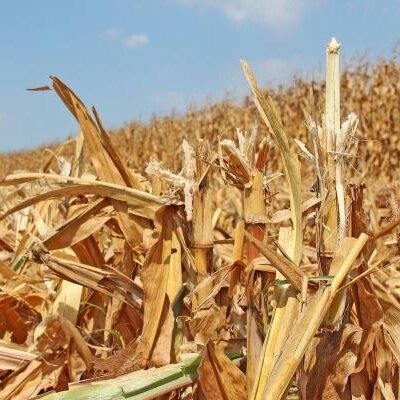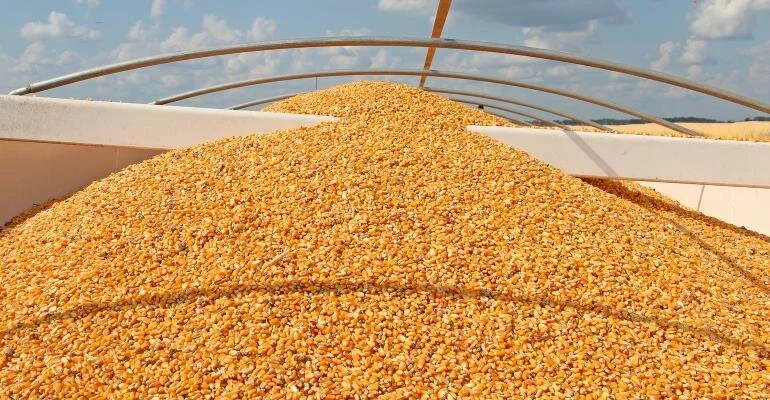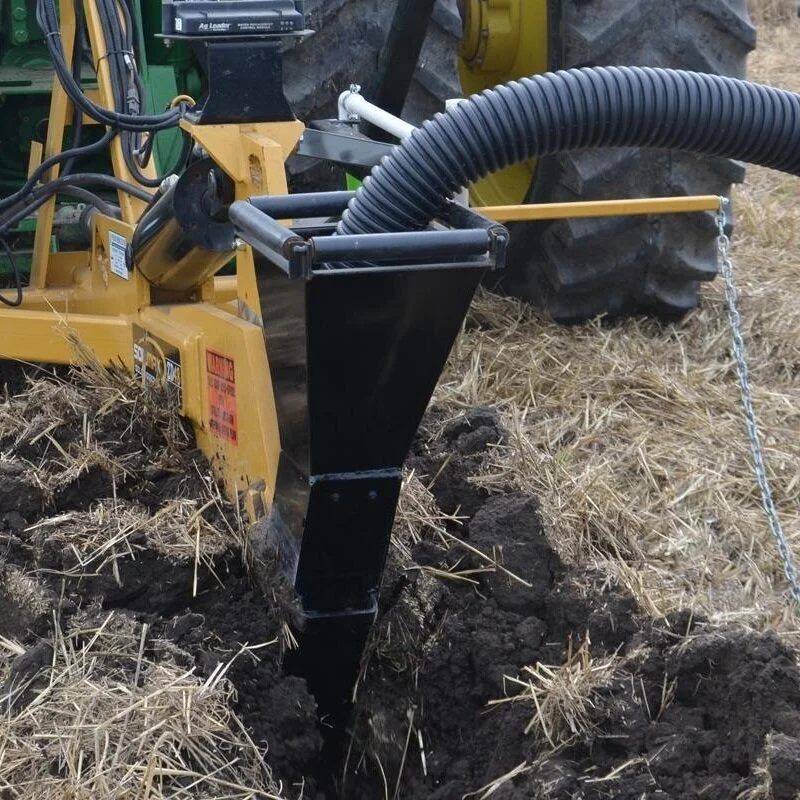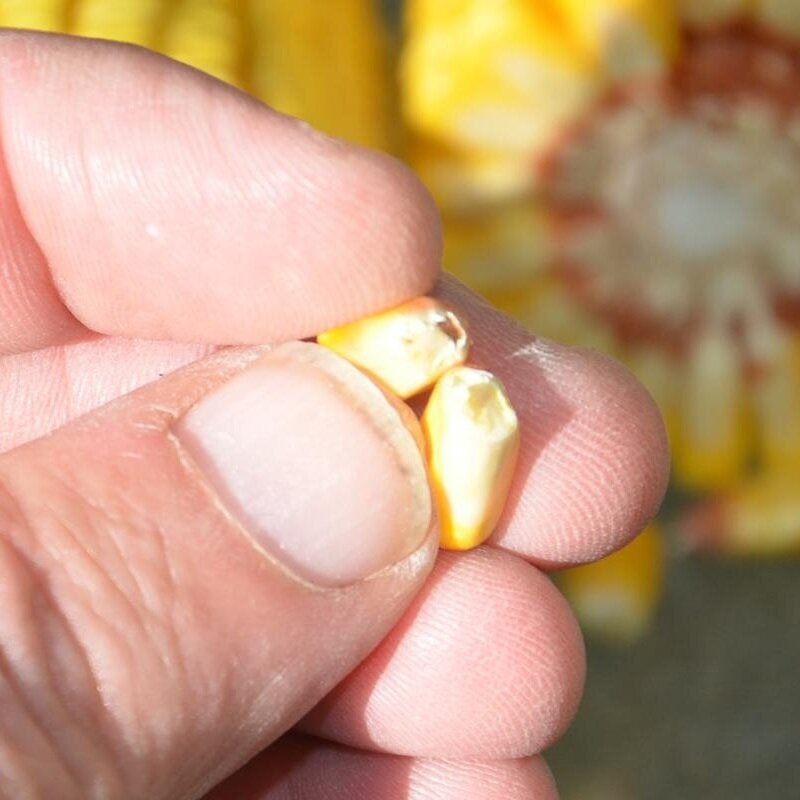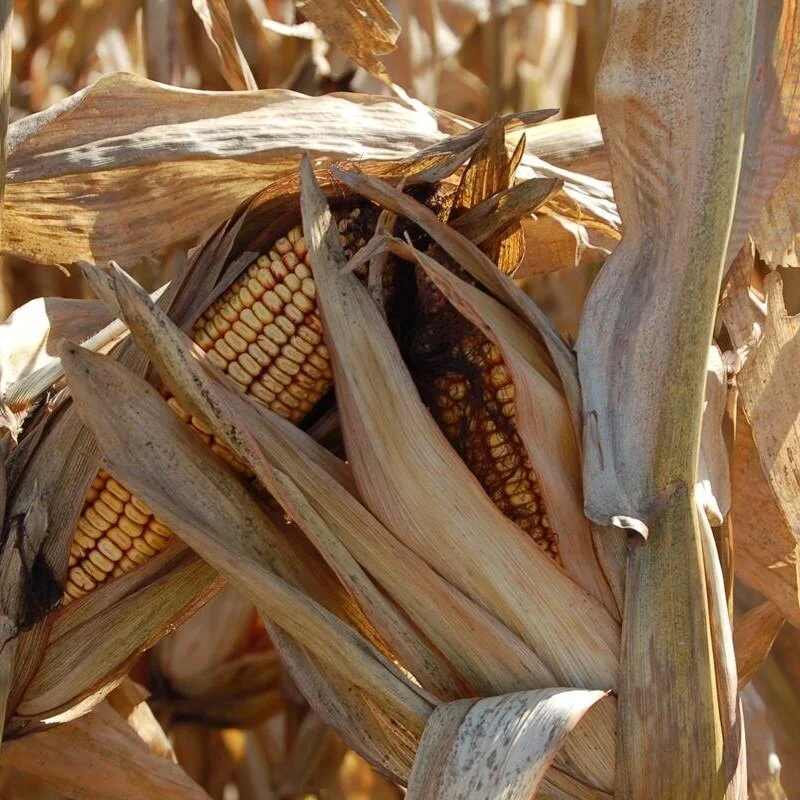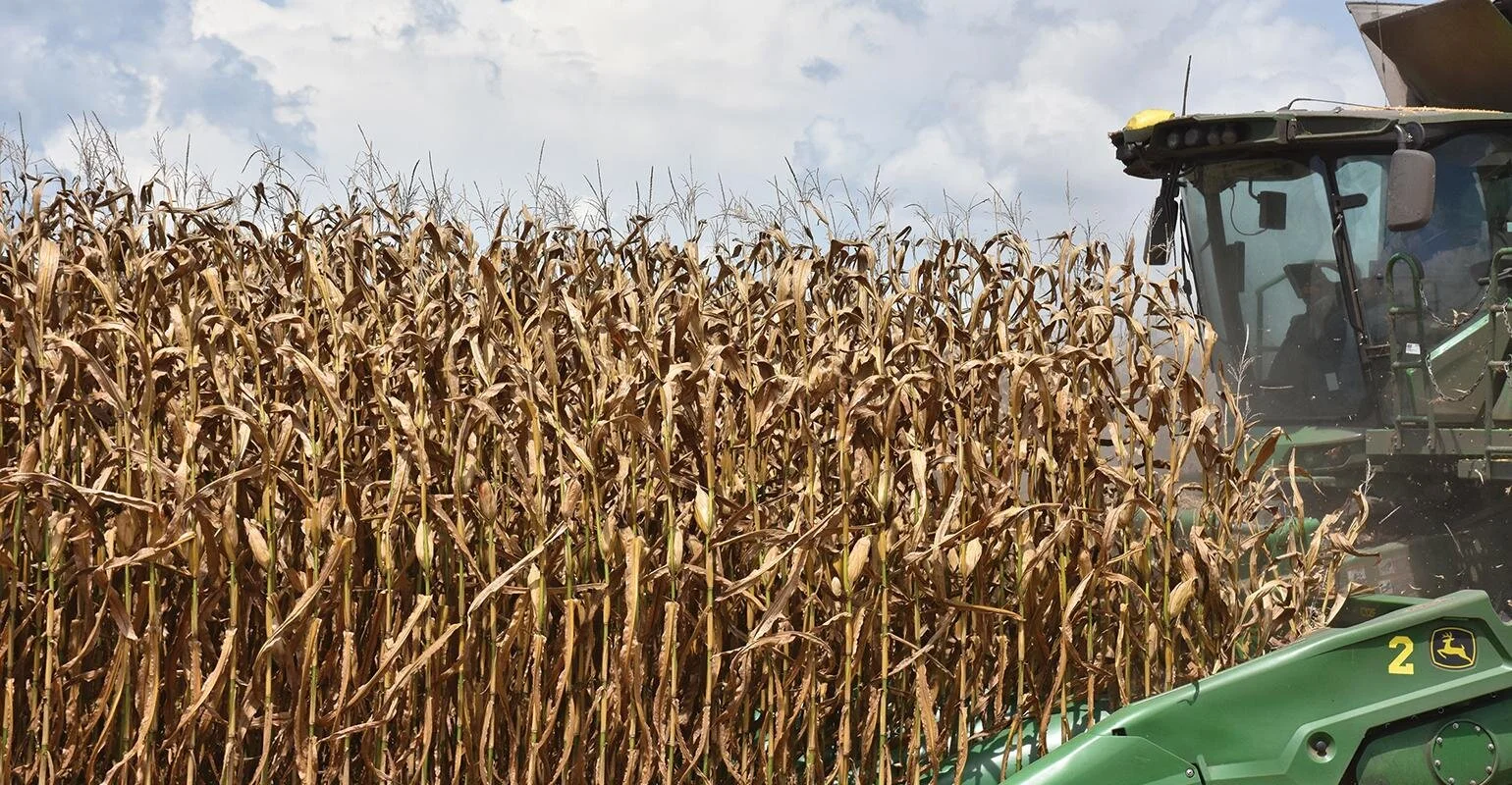Despite all the talk about improving soil health, soil carbon, cover crops and other hot topics, it may be easy to overlook the considerable impact that crop residue management has on soils and future productivity. Following harvest, we face a unique situation because corn produces far more biomass than other row crops, as well as cover crops. Historically, many perceive this corn residue as “trash” or a problem which should be removed by fire or heavily manipulated by tillage. However, crop residue generated in production systems can produce substantial long-term benefits if managed appropriately, particularly since our southern soils are naturally low in organic matter.
Read MoreOn Tuesday, Oct. 12, USDA is expected to release higher ending stocks estimates of U.S. corn and soybeans for 2021-22, revised production estimates for 2020 and lower estimates of U.S. ending wheat stocks. Traders have already reacted to the changes stemming from USDA’s Sept. 30 reports, but may find another surprise or two Tuesday.
Read MoreLast Thursday’s Quarterly Grain Stocks report from USDA was no doubt an exciting market event, though corn and soybean prices did not escape the trading session unscathed. Indeed, sentiments from the report are continuing to resonate in markets and will likely continue to do so until at least next Tuesday’s October 2021 Crop Production and World Agricultural Supply and Demand Estimates reports.
Read MoreOn Thursday, the USDA pegged the U.S. soybean ending stocks, as of Sept. 1, higher than the trade estimates.
As a result of today's USDA Quarterly Grain Stocks Report, the CME Group’s soybean complex traded lower, following the report.
Some of the worst cornstalk and ear rot fungi live in your soils. Crop rotations help, but some pathogens that cause the most damage can still survive for several years. If you were lucky enough to have ample rains for a good crop, chances are you have some disease organisms “lurking in the bushes,” waiting to attack your corn.
Read MoreWith combines rolling across the Midwest, some 20 million bushels of 2021 crop corn and soybeans are quickly filling grain bins. But whether holding crops will actually add to their value remains highly uncertain as an unusual growing season comes to an end.
For starters, despite an export pipeline snarled by storms and the lingering effects of the pandemic, prices are at the best harvest level in a decade. And prospects for rallies face questions about whether China will continue to aggressively buy U.S. grain as its leaders reassert the grip of the Communist Party over the country’s businesses and people.
Read MoreBill Moroni will tell you it was a good year to be a corn producer in northeastern Louisiana. Planting began on schedule. Rains fell plentifully. Insect and disease pressure was low, and the brunt of September hurricanes mostly bypassed the region.
With those weather conditions it’s no surprise yields were good. Moroni would not disclose his family farm average, but he said the 2021 corn crop was one of the best ever.
Read MoreDuring a webcast, a new agricultural lender in her first full-time job asked, “Why do producers switch lenders?” Of course, the answer to this age-old question is, “It depends!” Six decades of being involved with agriculture and various economic cycles has taught me that circumstances often vary as an industry or for an individual farm.
Read MorePeople ask Jim Schwartz how they can make more per acre raising corn and soybeans. When they do, Schwartz, Beck’s director of research, including the Practical Farm Research program, says he can point to several practices for both corn and soybeans that have a big return on investment very quickly. However, he always starts at the same place.
“The place to begin is with tile and lime,” he insists. “We’ve proven it time and again in our PFR program, and farmers who install tile and add lime tell us the same thing. If you want to begin increasing income and profit per acre over time, there’s no better place to start than by installing tile and spreading lime where you need tile and lime.”
Read MoreThis week, the House Agriculture Committee passed its portion of the $3.5 trillion reconciliation package, including more than $94 billion in new spending related to agriculture.
For Louisiana, there is a glaring hole in that spending plan as it is lacking supplemental disaster assistance for farmers and ranchers after Hurricane Ida ravaged the state last month.
Read MoreNormally when Dave Nanda walks through a cornfield in early to mid-September, he is anxious to shuck an ear, pull back the husks and split the ear in half. Then he plucks out a kernel, pulls out his pocketknife and, looking like a surgeon, gently pecks at the tip.
“I’m trying to determine if the black layer has formed,” Nanda says. “That’s a big deal for a corn plant, because if I find the black layer, it means the kernel is physiologically mature. It’s safe from frost. The plant has done its job and produced viable kernels. It doesn’t know that these kernels produced by hybrid corn won’t be planted.”
Read MoreCorn farmers who "split apply" nitrogen will soon have another option for insurance coverage. Beginning in crop year 2022, the U.S. Department of Agriculture's (USDA) Risk Management Agency (RMA) will offer the Post Application Coverage Endorsement (PACE) in certain states for non-irrigated corn, providing coverage for producers who use this practice that is considered better for natural resources and saves money for producers.
To "split-apply" nitrogen, growers make multiple fertilizer applications during the growing season rather than providing all of the crop's nitrogen requirements with a single treatment before or during planting. The PACE will provide payments for the projected yield lost when producers are unable to apply the in-season nitrogen application.
"USDA is committed to building insurance options that encourage use of practices that are better for the environment and for producers' bottom lines," said RMA Acting Administrator Richard Flournoy. "We are able to offer the PACE thanks to the cooperation of our partners, including the Illinois Corn Growers Association, National Corn Growers Association, Ag-Analytics Technology Company and Meridian Institute."
"Split application" of nitrogen can lead to lower input costs as well as helps prevent runoff or leaching of nutrients into waterways and groundwater. This is because it is used in more targeted amounts over multiple applications, rather than one large application.
This new crop insurance option builds upon RMA's efforts to encourage use of conservation practices, including cover crops. For example, RMA recently provided premium support for producers who planted cover crops to help offset impacts from the pandemic. Meanwhile, RMA recently updated policy to allow producers with crop insurance to hay, graze or chop cover crops at any time and still receive 100% of the prevented planting payment. This policy change supports use of cover crops, which can help producers build resilience to drought.
The Federal Crop Insurance Corporation Board approved the PACE recently, and RMA will share additional details later this year. The sales closing date for the endorsement will be the same as the producer's underlying corn policy.
More Information
RMA staff are working with AIPs and other customers by phone, mail and electronically to support crop insurance coverage for producers. Farmers with crop insurance questions or needs should contact their insurance agents about conducting business remotely (by telephone or email). More information can be found at farmers.gov/coronavirus.
Crop insurance is sold and delivered solely through private crop insurance agents. A list of crop insurance agents is available at all USDA Service Centers and online at the RMA Agent Locator. Learn more about crop insurance and the modern farm safety net at rma.usda.gov.
Hurricane Ida spared Franklin Parish much of its fury but pummeled south Louisiana Sunday night and Monday.
Locally, few lost power while only a few fallen limbs littered yards. Many rain gauges across the parish recorded less than an inch of rain.
Franklin Parish farmers worked through the weekend harvesting corn and soybeans in preparation of torrential rain and damaging winds that never came.
Carol L. Pinnell-Alison, LSU AgCenter extension agent, acknowledged local farmers dodged a bullet.
“I think we are in pretty good shape,” Pinnell-Alison said. “We had minimum impact with corn and soybeans from Hurricane Ida.”
Pinnell-Alison said the storm’s eastern trajectory buffered Franklin Parish from its worst impacts.
“We might have had a little wind damage to the corn but not much,” she said.
Read MoreCorn prices in Chicago sank to a seven-week low as broken grain elevators and power outages in the U.S.’s busiest agricultural port raised concerns about grain supplies with nowhere to go.
Hurricane Ida left more than 1 million homes and businesses without electricity in southern Louisiana and also shuttered export terminals in New Orleans. Food supply chains were already under severe pressure amid the pandemic, with shortages of everything from packaging to truck drivers.
Read MoreAn outstanding corn harvest and good prices are leaving Louisiana farmers with a sense of optimism as the state moves into the fall harvest.
Farm Press recently sat down with Louisiana Cotton and Grain Association Executive Vice President, Bobby Skeen to discuss the growing season and issues the organization is currently addressing.
Read More
